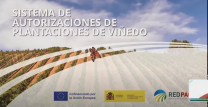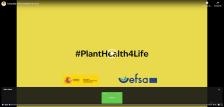Media library
Documentary, graphic and/or audiovisual knowledge objects are offered here, offering information on various sectors and topics. Use the keyword search or search filters to access current audiovisual and documentary knowledge objects useful for your implementation.
If you have any questions or suggestions, please contact us here.

Phytosanitary strategies in tomato
Strategies for the use of phytosanitary products in tomte cultivation

Cost structure of agricultural production areas in the Region of Murcia: stone fruit and citrus fruits
Publication dedicated to the cultivation of regional citrus and stone fruit trees

Cost structure of the agricultural production guidelines of the Region of Murcia: nuts, pome fruit, vines, and olives
Publication dedicated to the most characteristic woody crops of rural Murcia, including nuts, pome fruit, table and wine grapes, and olive trees.
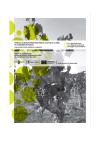
Manual of good practices for vine cultivation in the region of Murcia. Socioeconomic and environmental assessment
The manual aims to convey, in a direct and simple way, to winegrowers and technicians involved in the regional wine chain, sustainable cultivation guidelines, both for dryland bush-fed vines and for irrigated trellis vines.
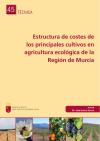
Cost structure of the main crops in organic farming in the Region of Murcia
Document describing the main guidelines for regional organic farming in Murcia
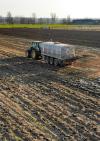
Meetings of the Working Group on Experimentation in Viticulture and Oenology
Compilation of research on Viticulture and Oenology from the Working Group
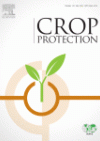
Protection of grapevine pruning wounds against Phaeomoniella chlamydospora and Diplodia seriata using commercial biological and chemical methods
Article about Botryosphaeria dieback and esca, two of the most damaging grapevine trunk diseases (VTB) affecting vineyards in major grape-producing areas around the world.

Digital droplet PCR technology for the detection of Ilyonectria liriodendri in environmental samples of grapevines
Article about the accurate, early, and specific detection and quantification of blackleg fungi and the evaluation of droplet digital PCR and real-time PCR techniques.
Report A3: Map of stakeholders for climate change adaptation in the vineyard and wine sector
The overall objective of the VIN & ADAPT II project was to promote knowledge transfer and mobilize all stakeholders to drive adaptation to the challenges posed by climate change in the wine sector.
Report A1 on climate change impacts and adaptation in target regions
The overall objective of the VIN & ADAPT II project was to promote knowledge transfer and mobilize all stakeholders to drive adaptation to the challenges posed by climate change in the wine sector.
Report A2: Industry perceptions of climate change and adaptation needs and opportunities
The overall objective of the VIN & ADAPT II project was to promote knowledge transfer and mobilize all stakeholders to drive adaptation to the challenges posed by climate change in the wine sector.
Effects and adaptation of the vineyard to climate change
Climate change is the other major uncertainty for the wine sector. Currently available climate projections indicate that if greenhouse gas emissions continue at their current rate, there could be rising temperatures and decreased rainfall in the Iberian Peninsula, along with an increase in extreme weather events such as droughts and heat waves.
Active ingredients allowed in integrated production for pome fruit trees and restrictions on use
Information on active ingredients in integrated production for pome fruit trees and restrictions on use
Active ingredients allowed in integrated production for stone fruit trees and restrictions on use
Information on active ingredients in integrated production for stone fruit trees and restrictions on use
Golden flavescence of grapevine and its vector Scaphoideus titanus Ball
Golden flavescence, in English “flavescence dorée of grapevine”, is a very serious and destructive disease that affects the vine. It is a disease of bacterial origin, being produced by the phytoplasma Candidatus Phytoplasma vitis, which needs to be transmitted by an almost specific vector called the vine cicada (Scaphoideus titanus Ball)
Fact sheet on Xilella fastidiosa
Who is Xilella, the fearsome plant killer?
Rosaceae fire blight
Fire blight is a disease caused by the bacterium Erwinia amylovora that affects various species of the Rosaceae family, including pear, apple, quince, Japanese medlar, etc.
Drosophila suzukii treatment notice for cherry trees
In the various areas where Drosophila suzukii is being monitored, populations of this insect are being detected. Remember that attacks tend to be more intense and frequent at the beginning of the harvest, and treatment will be especially necessary in plots that were attacked in previous years and that left cherries unharvested last year (fly damage or cracking, lack of profitability, etc.).




